Why Do We Associate Certain Animals With Halloween?
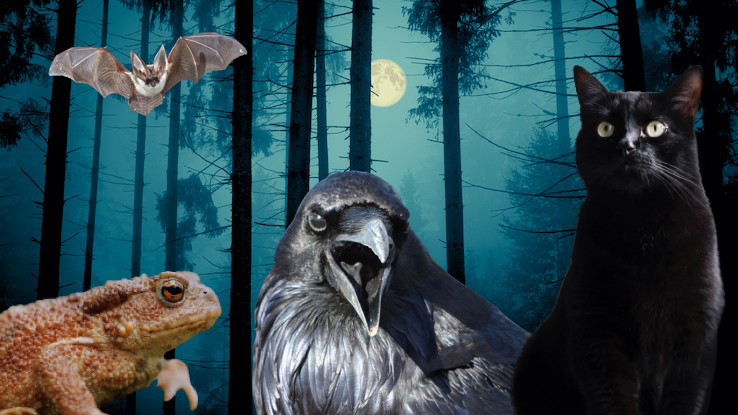
It’s no secret that Halloween is the spookiest day of the year. It’s a day of tricks, treats, scares and all-around ghoulish fun. Witches, goblins and other superstars of scariness that go bump in the night are used as inspiration for costumes and decorations. But these frightful foes aren’t the only familiar faces we see around this mid-autumn holiday — plenty of creepy critters we spy in our everyday lives are also important symbols of Halloween.
Around October, and in addition to all the vampires and devils, we start seeing more animals like black cats, spiders and toads. But why are these creatures associated with this eerie night, and how did they become symbols of this holiday? Let’s explore why different animals have come to represent All Hallow’s Eve.
Black Cats and Rats Are Connected to Historical Superstitions
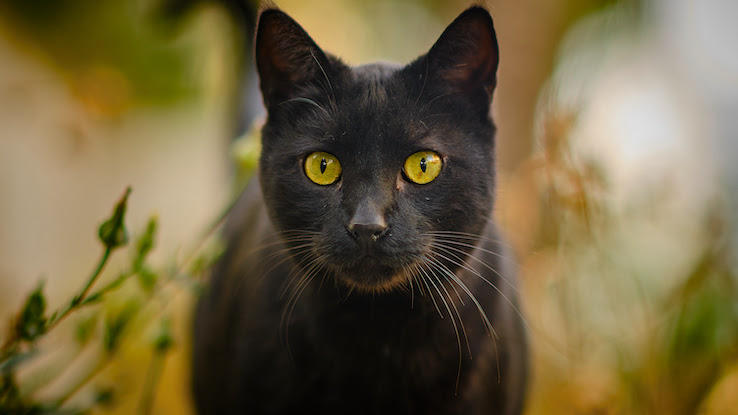
Black cats have long been symbols of Halloween. In fact, they’re probably one of the most popular creatures associated with the ghoulish night. Many people feel superstitious about black cats — it’s said that seeing one cross your path is an omen of bad luck — and that all stems from events in history.
The Puritan Pilgrims who settled in the early United States were of the Protestant faith, and they viewed witchcraft as “devil worship.” They feared anything that could be connected to witches, and that included black cats. Black cats were seen as the “familiars” of witches; familiars are supernatural entities people believed were assistants to witches and other magical beings. Some people also thought witches could turn into black cats and then back to their human forms using magic — or that, when witches died, they returned to Earth as black cats. Just as witches became associated with All Hallow’s Eve, so did black cats.
Rats are also associated with Halloween, curses and death. Rats and mice were believed to spread the bubonic plague around Europe in the 14th century; the plague ultimately killed millions of people. It was later suggested that humans, not rats, were to blame — but the damage was done. Rats became associated with disease, curses and death, too. So, it’s not a surprise that they became one of many animals associated with Halloween.
The Raven Is a Symbol of Darkness and Death in Some Cultures
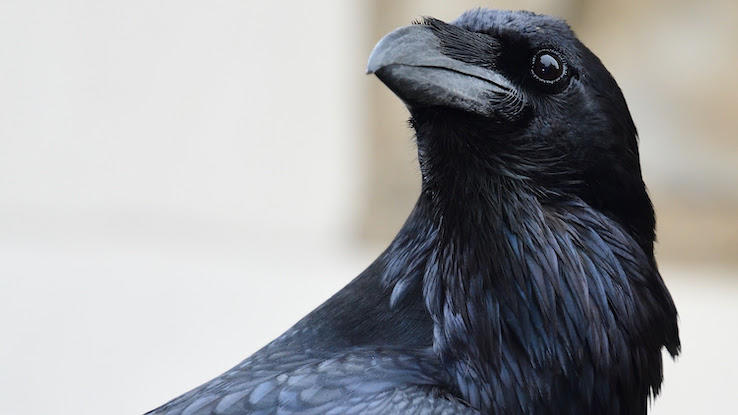
Various cultures see ravens in different lights, but typically with a tie to the spiritual realm. For example, in some Native American cultures, the raven is considered the wisest of birds; it even has the ability to speak. Other cultures view ravens as deities, shape-shifters or spell-casters. The birds have also been connected to positive characteristics like intelligence, affection and longevity.
Ravens are most notoriously connected to darkness and death, though. That’s why these birds are also connected with Halloween. One of the most well-known creepy but symbolic pieces of work that the raven is linked to is Edgar Allan Poe’s famous poem of the same name. The popular poem, using a raven as the focus of the text, highlights themes of grief, death and the afterlife. The birds’ black feathers add to this mystery and darkness. With Halloween also being a time of mystery and darkness, ravens have long been a symbol of the holiday.
Spiders Are Linked to Mystical Folklore
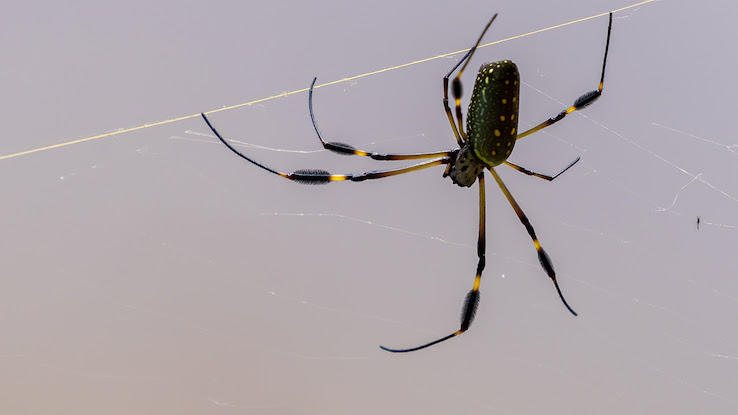
Spiders are also a popular symbol of Halloween. Of course, these creepy eight-legged creatures are generally known for lurking in dark places like basements and attics. It’s no surprise that they’re common decorations in haunted houses — or that they’re spotted in graveyards and caves in scary movies. However, spiders are also connected to some serious superstitions and folklore.
Spiders were believed to be companions of witches, which led to several superstitions about them. One superstition said that if a spider fell into a candle-lit lamp and burned up in the flame, witches were nearby. Another superstition stated that if a black spider found its way into your home, you were bound to have bad luck. Spiders have also long been associated with the supernatural due to their web-spinning abilities. In folklore, arachnids are described as using designs in their webs to tell stories or predict a person’s fate, future wealth and sometimes death.
Frogs and Toads Were Also Seen as Familiars of Witches
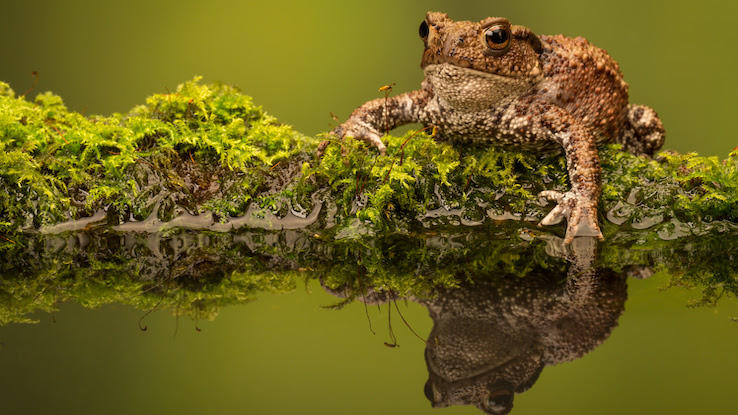
You’ll typically see images of frogs and toads during Halloween, often as companions of witches. In medieval times, it was believed that all toads and frogs were poisonous. Some amphibians can cause sickness or death if people eat them, particularly some types of toads that release a toxin to deter predators when they feel frightened.
However, over the years, that idea turned into the thought that if someone even touched a toad, they would develop warts — like those that witches have. In addition to black cats, toads are shown as familiars of witches. Shakespeare’s Macbeth may also have played a part in why people associate frogs and toads with witches. As they whipped up a potion, the group of witches in the play sang out the ingredients, which included “toe of frog.”
Bats May Be Vampires in Disguise
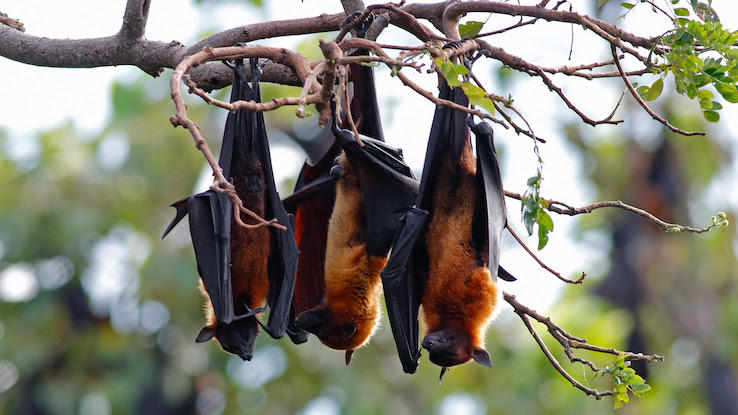
Other popular creatures associated with Halloween? Bats. Like spiders, they hide in dark places and most of them are nocturnal, hunting for their prey at night. They developed a spooky reputation after bats were first seen drinking the blood of cattle in Central America and South America. From that point on, they were connected to vampires. These supernatural beings were believed to shapeshift into bats, whether in the classic 1897 book Dracula or the popular animated franchise Hotel Transylvania. Interestingly, there are three species that feed primarily on blood (the “vampire” bats), while the remaining 1,300 species just eat insects, rodents and nectar.
Bats are also historically associated with witches. Some people believed that witches used bat blood in their potions. Ancient beliefs suggested that bat blood could make people invisible or allow them to see in the dark. Their blood was also thought to bring about love or desire in other people. According to some legends witches worshipped horned figures with wings, which are often believed to be bats. However, these are all myths. In real life, bats have proven themselves to be vital to our ecosystems by pollinating plants and keeping bug populations under control.





